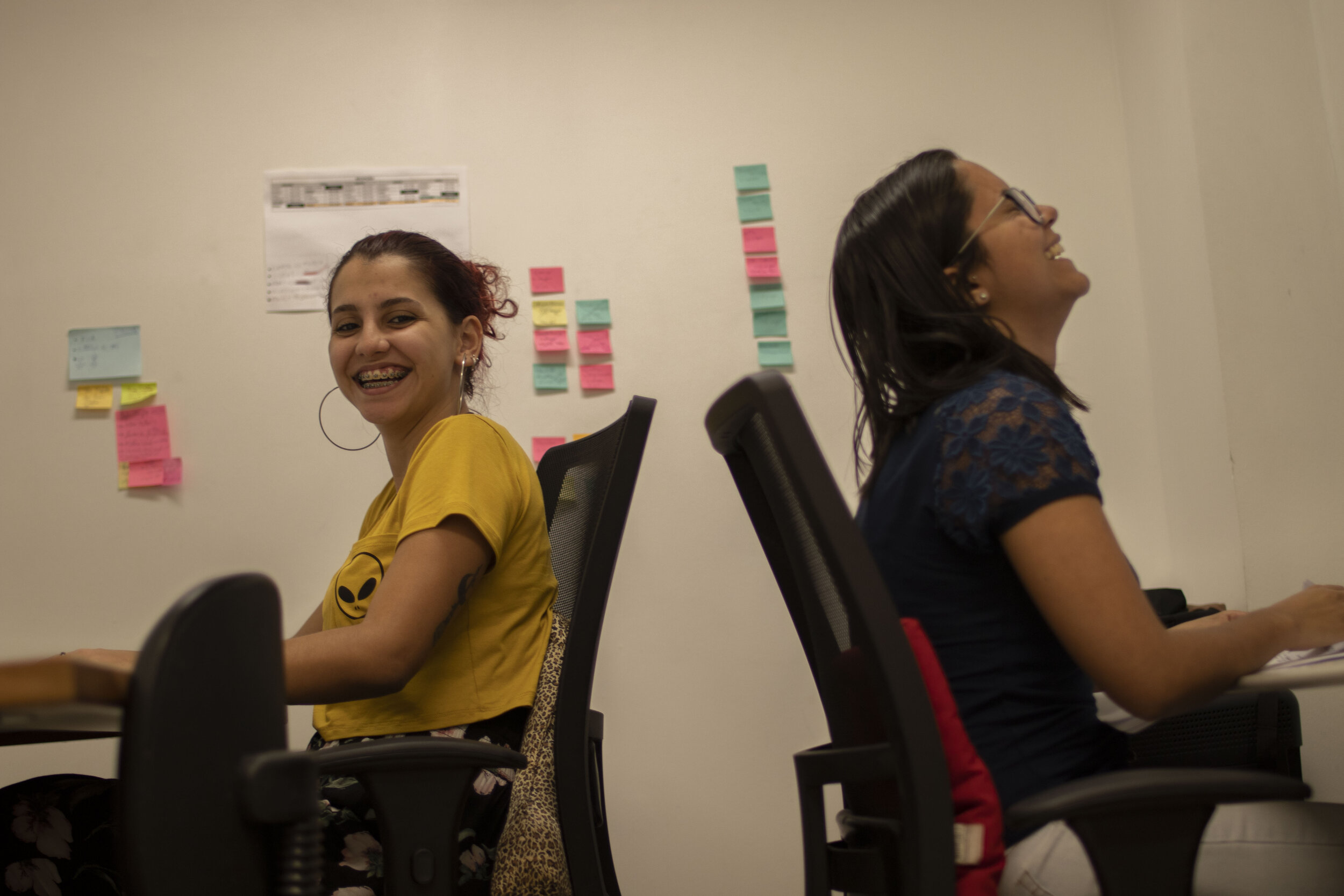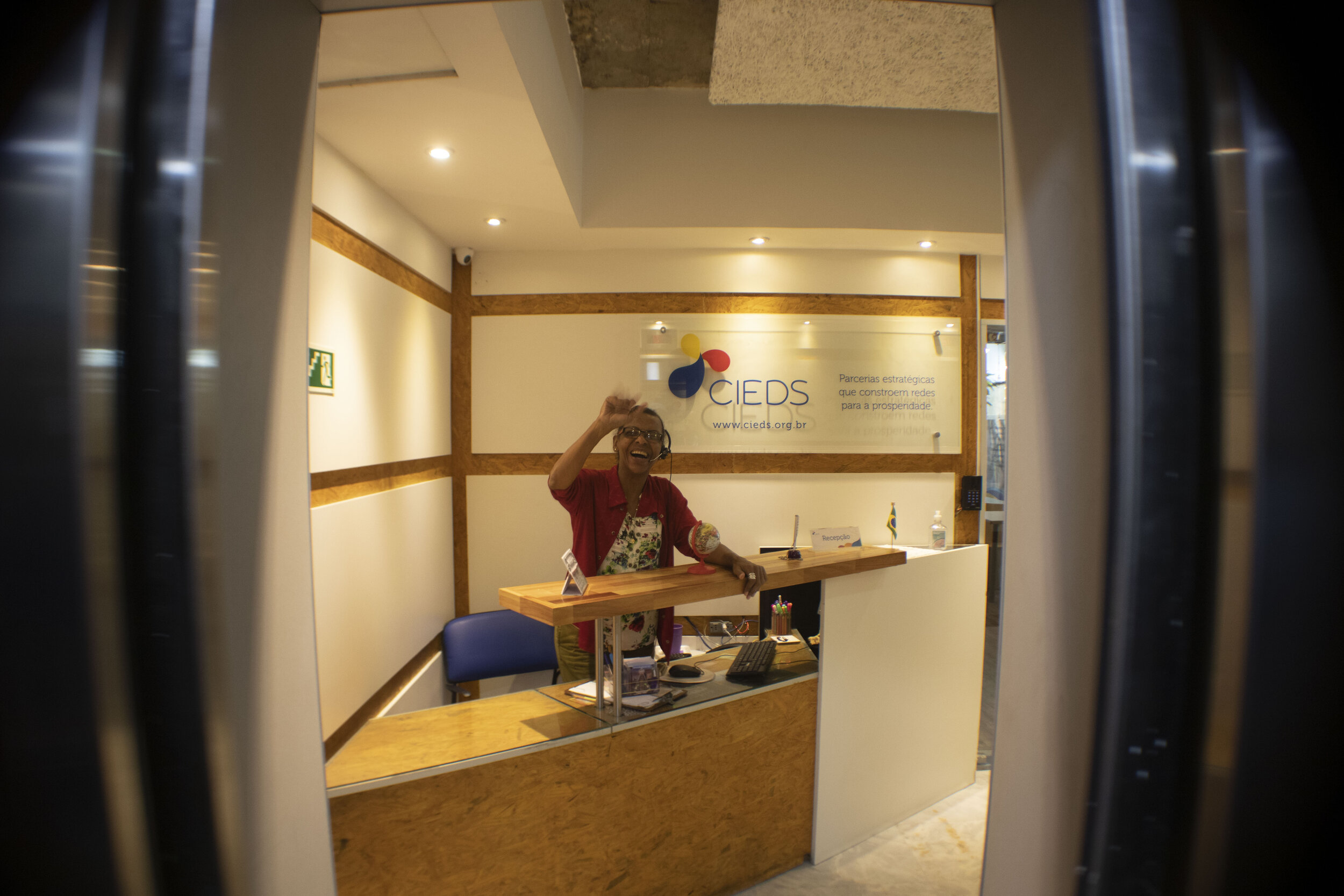For the past 20 years NESsT has done an outstanding job of supporting social enterprises around the world. Some 1,100 social entrepreneurs have received our support and 650,000 individuals impacted.
That work has been performed under an NGO model providing business coaching and grant financing to social enterprises. We relied on donations mainly from corporations, foundations, and governments. In 2018, we launched our first impact investment fund (“Fund”), which provides loans to social enterprises in Latin America. The Fund complements our existing programs by financing cash flow positive enterprises raising growth capital to increase their impact.
I frequently get asked, often by funders, the steps we have taken as an organization to transform our culture from NGO to impact lender. It has definitely been a long journey, with a vision of where we wanted to go, and lots of learnings along the way.
In hindsight, five conditions helped us to integrate a professional lending operation to complement our outstanding business mentoring and grant financing program.
I believe these conditions to be very specific to our organization, and they may not be applicable to others taking a similar path. Nevertheless, they demonstrate the holistic approach required to transform an organization’s operations and processes to transition toward impact investing.
Johanna Posada
Managing Director & Founder, Elevar Equity
1) Governance
We expanded our Board of Directors with professionals having solid impact investing experience, both as lenders and fund managers. Integrating that expertise at the board level enriched the conversation about the potential for us to move into impact investing, and importantly to bring case studies of similar organizations that had successfully made that transition. For example, our Board member Johanna Posada, before she co-founded the successful impact investment fund Elevar Equity, oversaw Unitus’s NGO lending program to micro-finance institutions in India, Mexico and Kenya.
2) Team
We hired a dedicated lending team, with our Fund Director, Chad Sachs, recruited externally. He had most recently managed a $200 million impact investing fund in renewable energy. We paired Chad with a long-term employee of NESsT, Javier Gondo, who had a long track record of incubating and investing in social enterprises in Latin America. As a team, they bring a wealth of experience in underwriting, portfolio management, and social entrepreneurship to oversee our lending operations.
Greenbox in Peru was the second company to receive investment from the Fund.
3) Financial Management
From the very beginning it was clear to us that fund management requires strong financial controls. We separated out the financials of the NGO from the Fund, with separate bank accounts and consolidated financial statements showing separately the operations of the NGO and Fund. We moved up our audited financial statements by several months to communicate our financial results to investors early in the year.
4) Service Providers
NESsT, the NGO, has always relied on the generosity of pro-bono service providers such as law firms. Their services have helped to keep our costs down, an important factor given that few donors want to pay for these types of “overhead” expenses. Transitioning to fund management changed our needs. Our legal and accounting needs have become much more complex and sophisticated; turnaround time on contracts is very important. Therefore, we selected mission-aligned, boutique law and accounting firms that focus on impact and understand the needs of smaller clients.
CIEDS is a company in the Brazil incubation portfolio that informs the design of the business advisory services that are also made available to Fund portfolio companies.
5) New KPIs
NESsT has a stellar track record in impact measurement and management. The NGO started tracking metrics of its social enterprises in 2001. Our impact fund has required that we add new metrics, especially financial ones, to our impact system. With the support of our board and fund team, we’ve added KPIs such as capital deployed, number of loans deployed, percent of non-current loans, net charge-off rate, and fund profitability.
The aforementioned conditions did not happen all at once. A lot of it was learning by doing, and oftentimes put in place in reaction to outside requests or advice. In all cases, we have been lucky to count with the support of our board and advisors to make the transition.
We are not done yet.
We know additional conditions are required for us to make a full transition toward impact investing. Our Board recently approved a new five-year strategy to fully transition toward impact investing by managing a series of social investment funds generating predictable management fees and interest income.
It’s been a wonderful journey. Our team has learned so much. Impact investing remains a wide-open sector with many opportunities for organizations to launch impact funds. Funders demonstrate a willingness to organizations wanting to make the transition.





